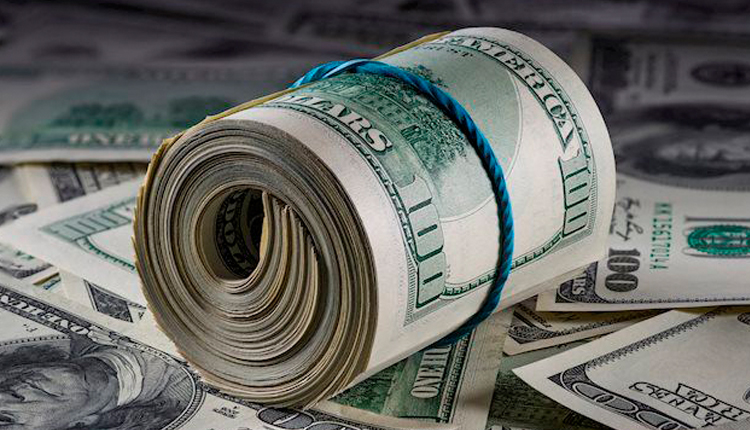The dollar inched up on Thursday after minutes from the Federal Reserve’s last meeting revived expectations for a possible U.S. rate hike this year while investors shifted their focus back to trade issues for fresh directional cues.
The greenback had risen slightly against the yen and trimmed losses versus the euro late on Wednesday after the Fed, in the minutes of its latest meeting in January, said the U.S. economy and its labor market remained strong, prompting some expectations of at least one more interest rate hike this year.
The dollar index against a basket of six major currencies added 0.1 percent to 96.569, crawling away from a two-week trough of 96.286 marked on Wednesday.
The Fed caught markets off guard last month after it took a dovish turn in its commentary, widely read as a sign it would suspend a three-year campaign to raise interest rates.
“The dollar drew some lift as the minutes appeared to have appeased market participants who were clinging to views that the Fed would hike rates one more time this year – but all in all, the minutes were in line with what the Fed said in January,” said Daisuke Karakama, chief market economist at Mizuho Bank.
“The market’s focal point will now shift back to trade. The U.S.-China trade negotiation deadline could be extended and that may mean Europe and Japan could be faced with trade issues.”
U.S. President Donald Trump on Wednesday said the United States would impose tariffs on European car imports if it cannot reach a trade deal with the European Union.
The dollar was a shade weaker at 110.75 yen after rising 0.25 percent overnight.
The euro was little changed at $1.1337 after being nudged off a two-week high of $1.1371 scaled earlier on Wednesday.
A big mover in Asia was the Australian dollar, which was last down 0.15 percent at $0.7151.
The Aussie rallied early in the session to a two-week peak of $0.7207 on strong domestic January employment data. But the currency quickly lost altitude, with traders attributing the slide to interest rate cut forecasts made by Westpac.
Reserve Bank of Australia (RBA) Governor Philip Lowe had sent the Aussie tumbling early in February by stepping back from the central bank’s long-standing tightening bias, saying the next move in interest rates could be either down or up.
“It is difficult for the Aussie to keep rising indefinitely when the RBA has seemingly switched to a dovish stance,” said Shin Kadota, senior strategist at Barclays.
The pound dipped 0.15 percent to $1.3031 pulling back further from a near three-week high of $1.3109 touched the previous day.
Sterling took a knock after three lawmakers defected from British Prime Minister Theresa May’s ruling Conservative party in a move that could undermine her Brexit strategy.
The pound was also weighed after Fitch Ratings said on Wednesday it may downgrade the United Kingdom’s “AA” debt rating based on growing Brexit uncertainty.
Source: Reuters



